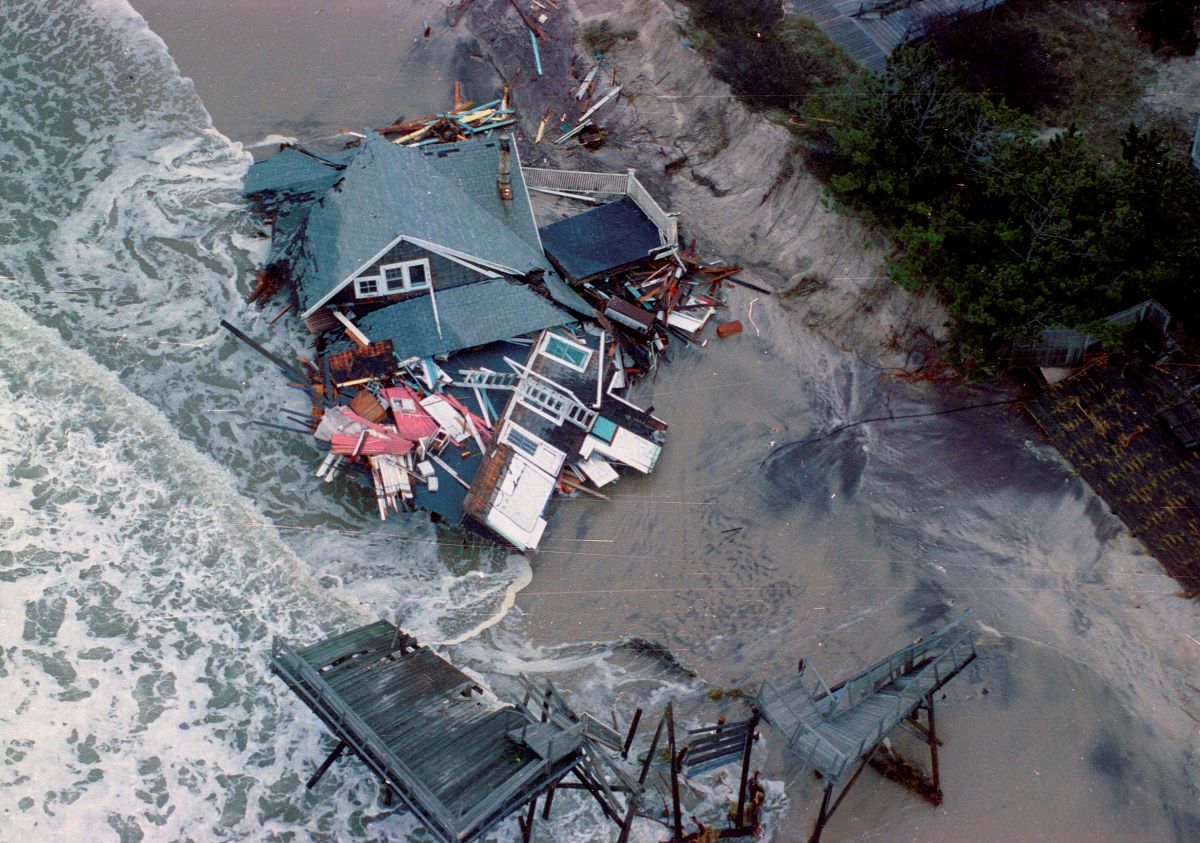Looking Back
“The severe storms of the [1960s and 1970s] snapped us to attention. Because there was no dune everyone had a good look at the ocean. We started building dunes, installing snow fencing and planting beach grass…Hurricane Gloria showed up and completely wiped out the west end of Long Beach. Their TV’s and furniture were floating down Ohio Avenue. The City Manger’s phone line lit up and people asked for the dune. We had it done in a month and a half.” –Tom Doheny, Town of Hempstead, Commissioner of Conservation and Waterways
Hurricanes, tropical storms, and other significant weather events have cast a long shadow of devastation across our region’s history. The “Great September Gale” of 1815 was the worst hurricane to strike Long Island in the early 19th century. The “Long Island Express” slammed into this area on September 21, 1937, with the eye passing over Westhampton Beach. Local groups, individuals, and government agencies responded by planting grass on beaches and building groins and jetties to stabilize the beach and to prevent erosion. They set up emergency communication systems and the Red Cross provided shelter to local residents. Many of these approaches continue to the present in order to prevent the kind of devastation that occurred that fateful day.
From anomaly to actuality
After World War II people moved to Long Island’s coastal communities, living in vacation or permanent homes built on former marshlands or barrier beaches that flooded regularly. For many, the storms felt unique, not to be replicated. But as the years went by more storms came to Long Island. By 1968, hurricanes and other severe storms were so common that Congress established the National Flood Insurance Program to help homeowners rebuild.
Local newspaper, “The Watchman” detailed the horrific destruction and fatalities that resulted from the 1938 hurricane.
Though relatively short in duration, hurricanes can leave long lasting (even permanant) impacts on our environments.
Jetties are still used today to protect the shoreline from erosion by acting as a barrier.
Dramatically rising waterlevels are a truly memorable part of natural disasters. Pictured above are bay houses amidst rising water levels. Note in the audio narrative below by Chip Duryea how intense flooding tends to stick in storm survivor’s memories.
Hurricane Gloria and Hurricane Bob
“In a period of 20 minutes it went from almost nothing to total catastrophe.”-Chip Duryea
The Long Island Express took lives as well as property. Some architectural objects survived to serve as reminders of the tumult. Pictured in the center are cornices from the Sag Harbor Whaler’s Church, taken during the 1938 hurricane.
One thing history has shown is that a network of community, federal, and municipal actors is vital for cleaning up after a storm’s destruction. The two photos above from 1938 illustrate the importance of this priniciple.
This incredible photograph taken by John H. Carroll Jr. illustrates just how powerful stroms can be in taking our homes.
On December 22nd, 2022 Chris Kretz released this episode on the clean up process following Hurricane of 1938. Part of his podcast, The Long Island History Project Chris Kretz does a wonderful job compiling narratives from those who experienced the 1938 storm. Check out Kretz’ website for more interesting episodes about Long Island’s history!


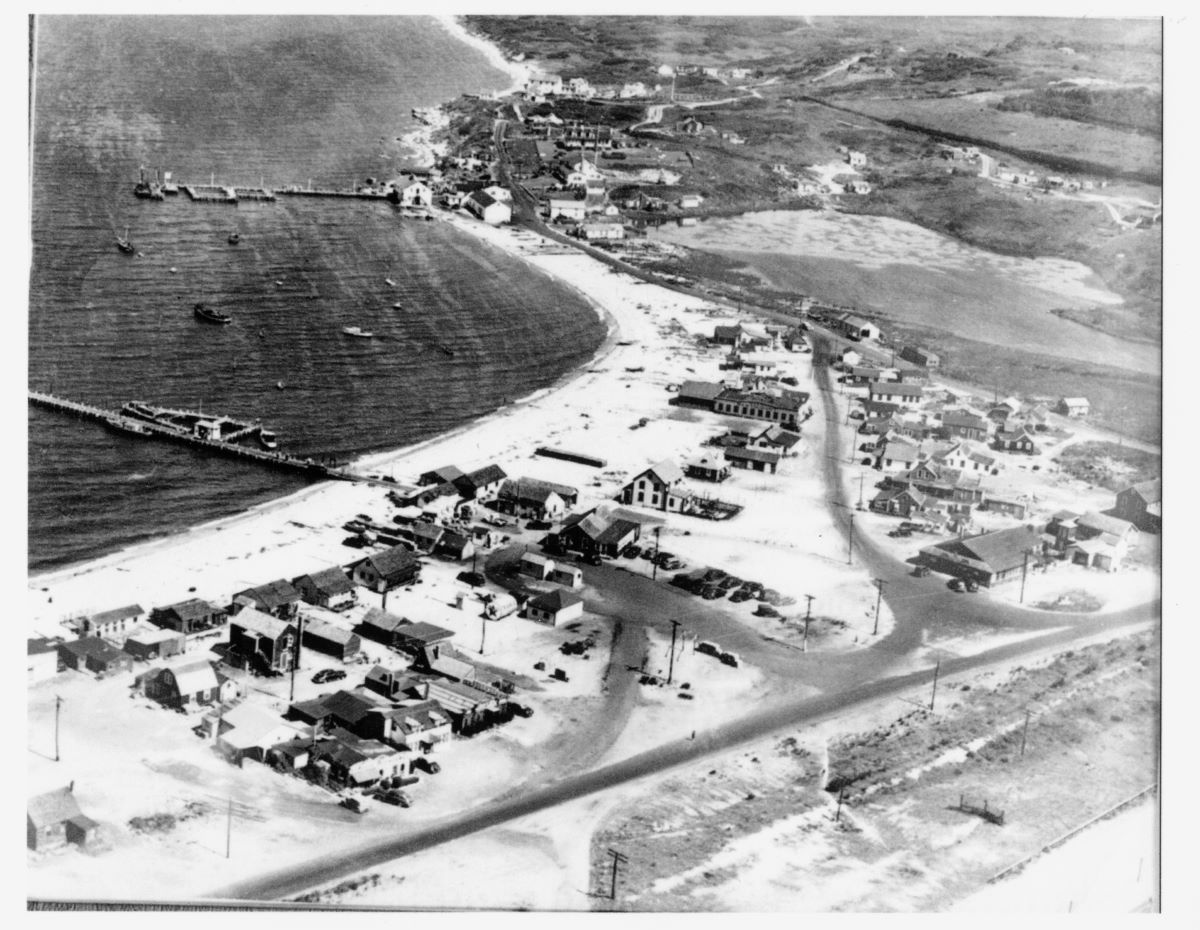
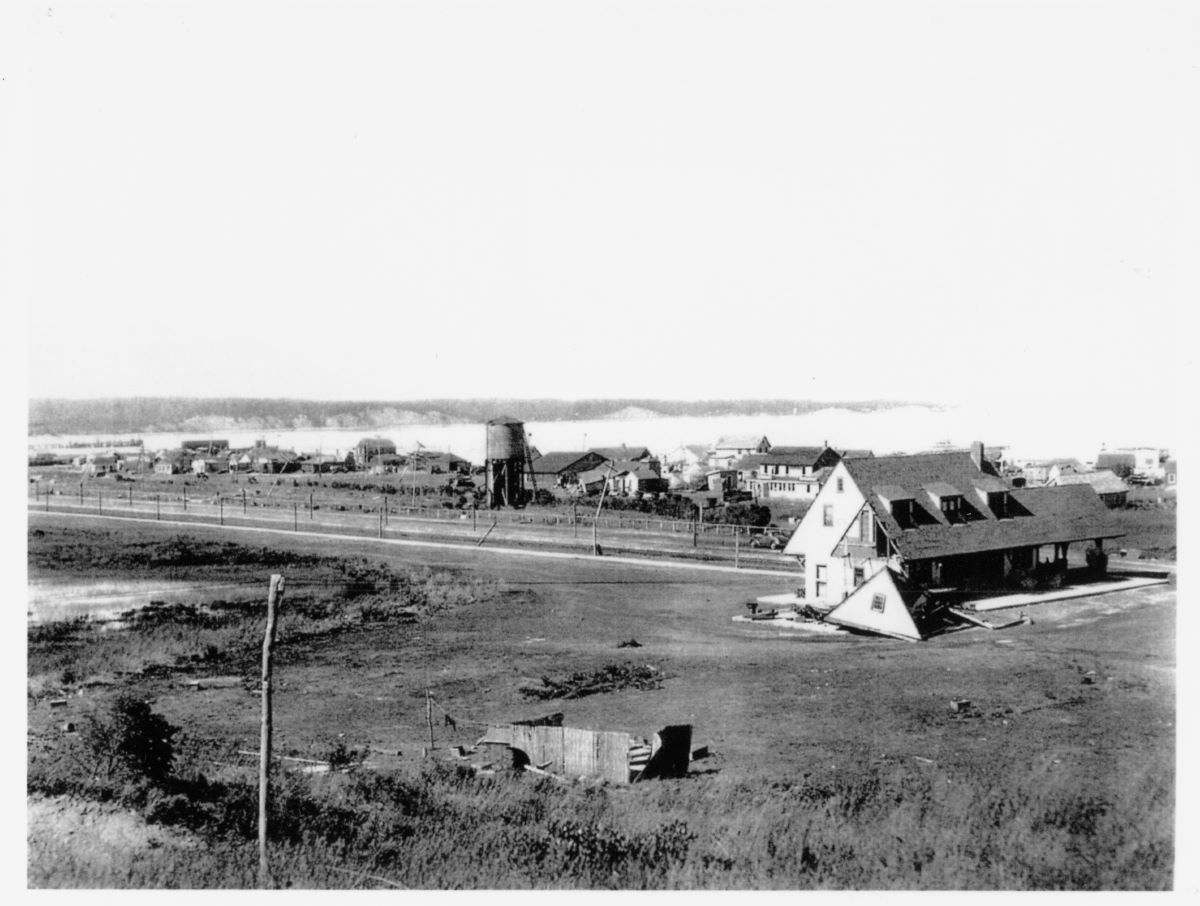
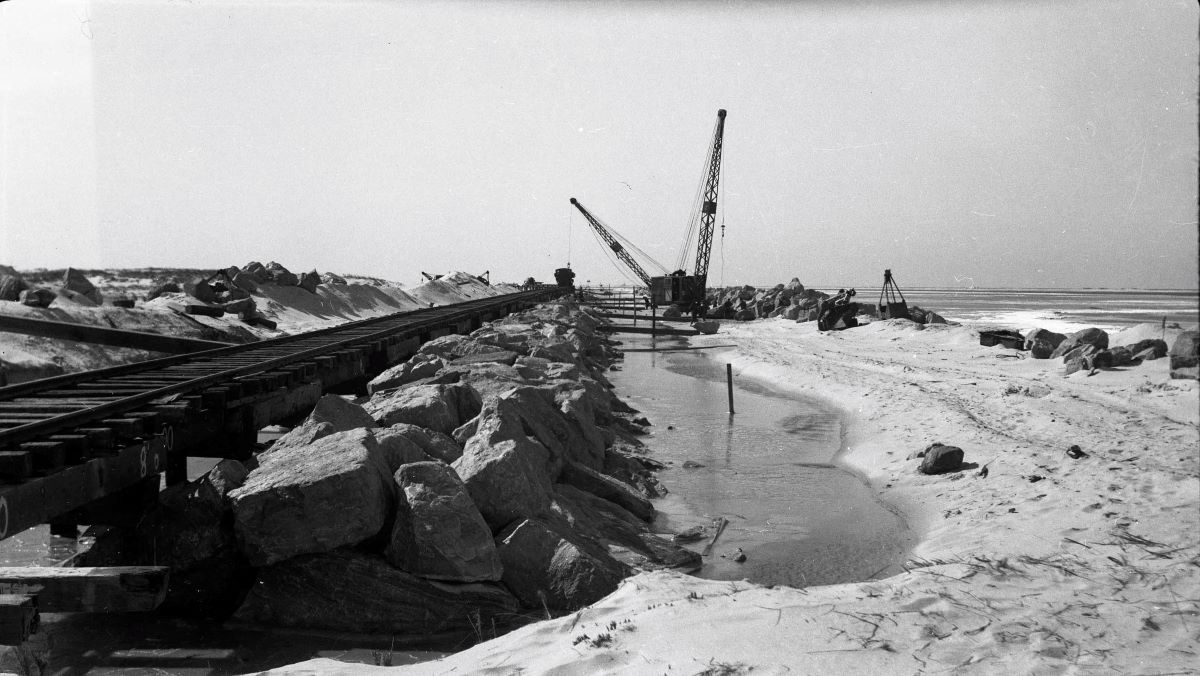
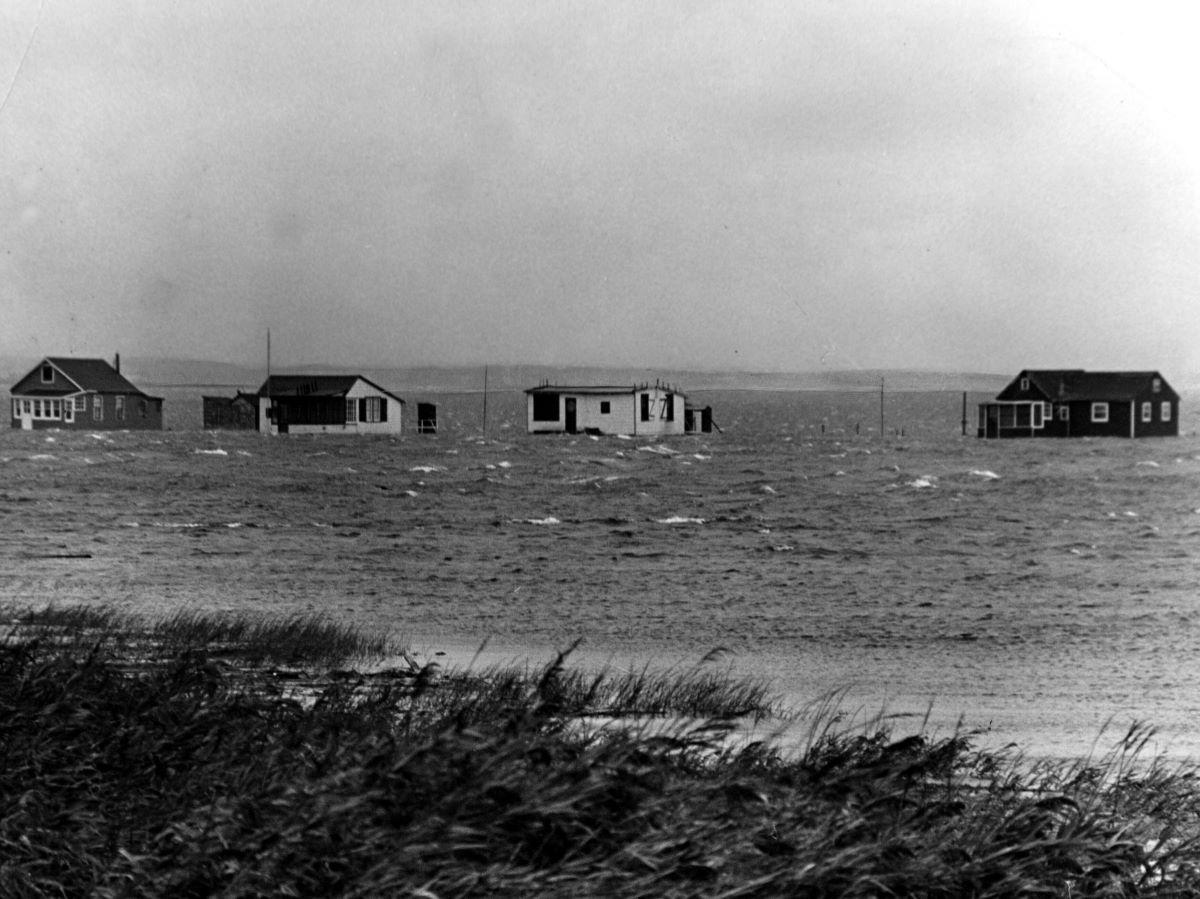
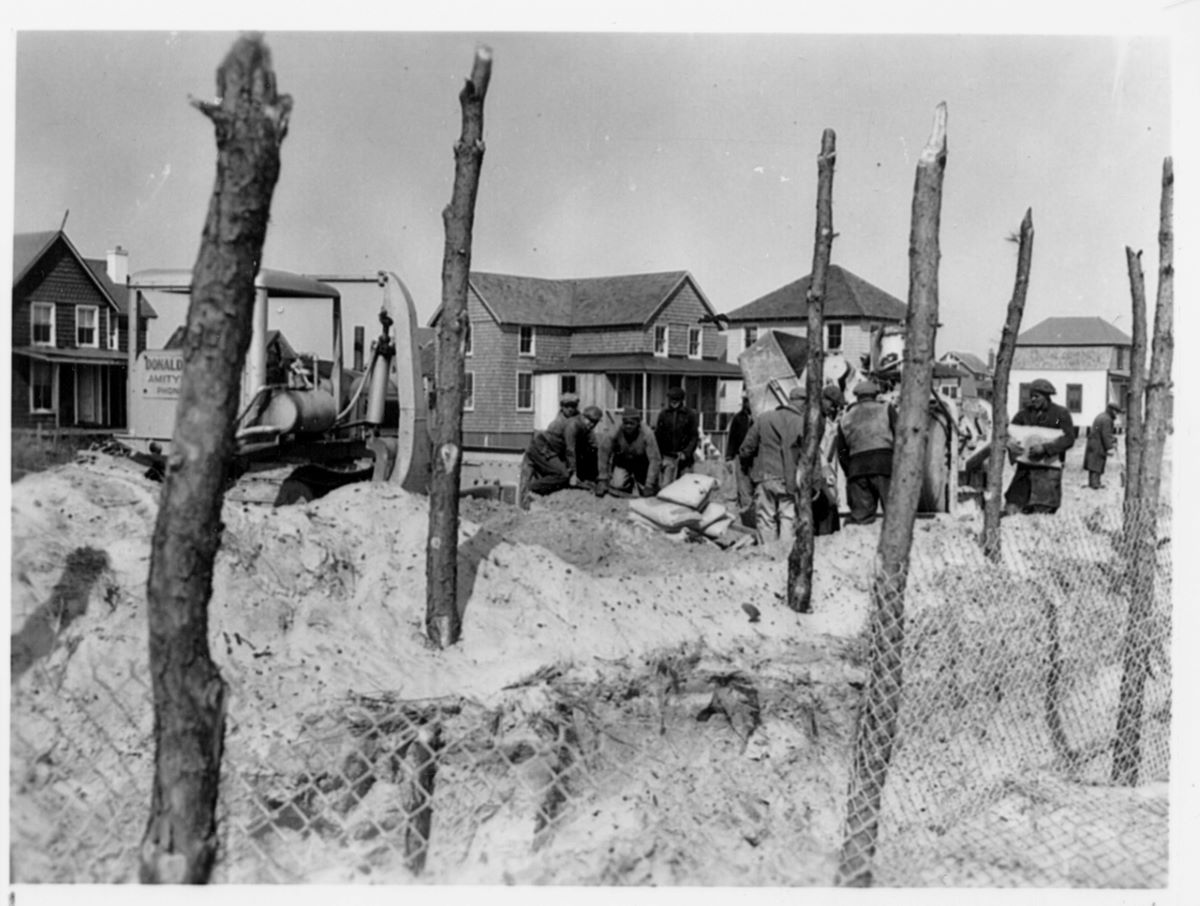
![click to see item Westhampton Beach Hurricane of 1938 [1/2]](/harmsway/objects/A39.jpg)
